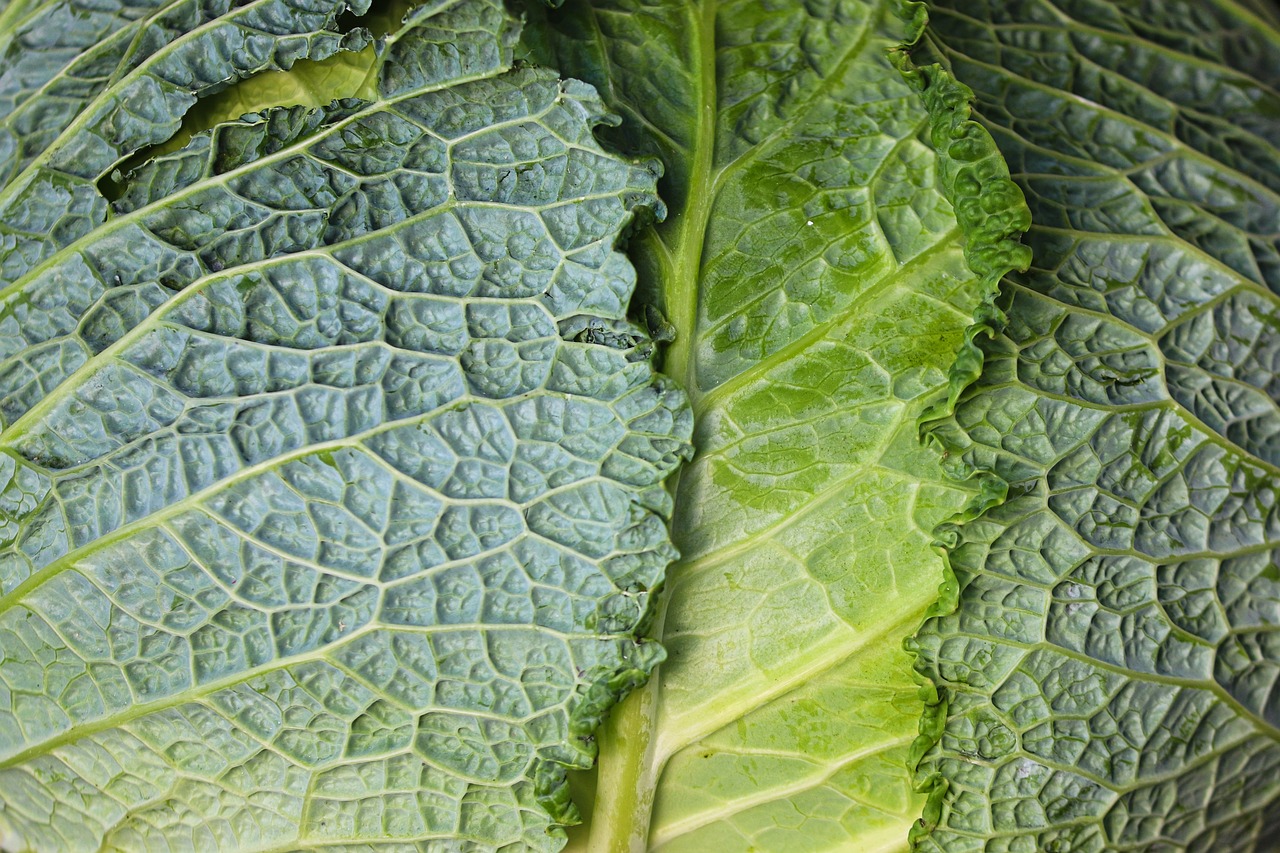“`html
A balanced diet is essential for maintaining optimal health and well-being. With the vast array of dietary information available today, it can be overwhelming to understand what constitutes a balanced diet. A diet that includes a variety of foods from all food groups not only provides the essential nutrients your body needs, but also helps in preventing chronic diseases, enhancing mood, and improving overall quality of life. This comprehensive guide will delve into the components of a balanced diet, its significance, and practical ways to incorporate it into daily life.
What is a Balanced Diet?
A balanced diet encompasses an appropriate ratio of different foods and nutrients to ensure the body functions optimally. The main elements of a balanced diet include:
Key Components of a Balanced Diet
- Fruits and Vegetables: These should make up about half of your plate, providing vitamins, minerals, and fiber.
- Proteins: Vital for muscle health and repair, protein can be obtained from both animal and plant sources.
- Carbohydrates: Important for energy, complex carbohydrates are the healthiest option and should be prioritized.
- Dairy: Essential for calcium, dairy products also contribute to the protein intake.
- Fats: Healthy fats are necessary for hormone production and cell function; however, portion control is key.
The Importance of a Balanced Diet
A balanced diet plays a crucial role in overall health. Here are some of the significant benefits:
Health Benefits
- Weight Management: A balanced diet can help maintain a healthy weight.
- Reduced Risk of Disease: Proper nutrition can lower the risk of chronic conditions like diabetes, heart disease, and obesity.
- Mental Well-being: Foods rich in nutrients can improve brain health and cognitive function.
- Enhanced Energy Levels: A balanced diet provides sustained energy throughout the day.
Practical Tips for Achieving a Balanced Diet
Incorporating a balanced diet into your lifestyle can be straightforward with these practical strategies:
Portion Control
- Use smaller plates to help manage portion sizes.
- Be mindful of serving sizes, and try to avoid second helpings.
Meal Planning
- Plan your meals for the week to include a variety of food groups.
- Prepare meals in advance to make healthy choices more accessible.
Stay Hydrated
Water is vital for maintaining proper body functions. Here are some tips:
- Aim for at least 8 glasses of water a day.
- Include herbal teas or infused water for variety.
Examples of Balanced Meal Options
Here are a few simple examples of meals that incorporate a balanced diet:
Breakfast Ideas
- Oatmeal topped with fresh fruits and a scoop of yogurt.
- Whole-grain toast with avocado and poached eggs.
Lunch Suggestions
- Grilled chicken salad with mixed greens, chopped vegetables, and a vinaigrette dressing.
- Quinoa bowl with black beans, corn, avocado, and diced tomatoes.
Dinner Options
- Baked salmon with brown rice and steamed broccoli.
- Lentil stew with carrots, celery, and spices served with whole grain bread.
Conclusion
Adopting a balanced diet is one of the most important steps you can take to enhance your health and well-being. By including a variety of foods from all the major food groups, being mindful of portion sizes, and planning meals ahead of time, you can ensure that you’re providing your body with the nutrients it needs. Remember, making small changes can lead to significant improvements over time, and a balanced diet is a sustainable way to energize your life and feel your best.
“`






